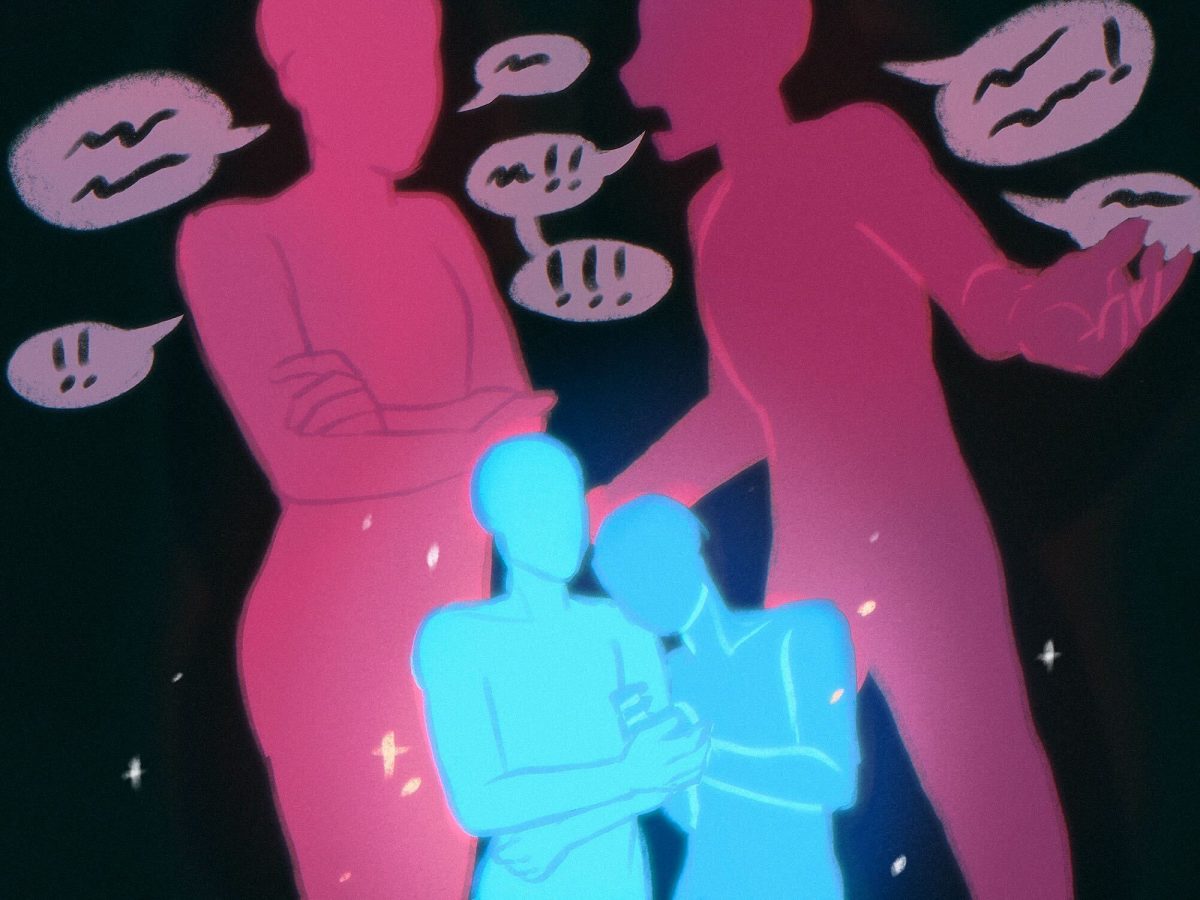
If hunger is power, it’s nothing compared to what likeability can do for you. This was already apparent during the original Hunger Games trilogy but it’s the message that’s pushed to the front of our minds in the new cinematic addition to the universe: “The Ballad of Songbirds and Snakes.”
This prequel takes place 64 years before the games of the original Hunger Games protagonist, Katniss Everdeen.
Set during the 10th Hunger Games, this story is where we learn about future President Coriolanus Snow’s (played by Tom Blyth) history and the beginnings of his tyrannical nature.
The concept of turning tributes into spectacles and using the games as a form of entertainment is first introduced here. As a Capitol mentor, Snow is determined to mold his District 12 tribute Lucy Gray Baird (played by Rachel Zegler) into a winner so he can take home the Plinth prize in order to help his financially struggling family. However, throughout the film, the two become intertwined in a poisonous snakelike way as winning takes on different meanings for Snow.
The film reflects three sections in the original book – “The Mentor,” “The Prize” and “The Peacekeeper.” But the sections are perhaps most distinguishable through the progression of Snow’s hair.
From the golden curls to a blonde buzzcut and finally, a gelled, swept-back look, each part adds more to Snow’s story. But within each part, so many layers are piled on top of one another that the narrative starts to get a bit muddied.
Notably, the pacing of the film constantly shifts, which affects the viewing experience greatly. With slow worldbuilding, strong action sequences and nuanced scenes of Snow — reflective of the character’s inner dialogue from the book — the constant back and forth between these tones can create a sense of exhaustion.
After a while, it’s hard to stay in touch with what’s happening.
The first two acts of the film feel like the original Hunger Games movies as we watch tributes prepare for the games with their mentors and grapple with their reality of being trapped in the Capitol. Transitioning to the actual games, the stakes are high for mentors and tributes alike and the action keeps your eyes glued to the screen.
Act Three is where the film starts to lose its hold. There’s a huge shift in tone as the narrative becomes all snake and no songbird with Lucy Gray Baird being pushed to the backburner and Snow “landing on top.” This is unfortunate as her charm, sass and talent are some of the most alluring aspects of the film.
The shining character in the film is Lucky Flickerman, television host of the games, weatherman and possible ancestor of Caesar Flickerman, the host of the future games. His humorous one-liners and overall unserious nature allow the audience to let out a laugh during more intense moments.
Dr. Volumnia Gaul is also a standout character with a bone-chilling performance by Viola Davis. It’s a sneak peek into the haunting antagonist that Snow eventually takes after.
There’s also a sense of detachment between the viewer and the film because when walking into the theater, many people are probably already aware of Lucy Gray and Snow’s faith.
Consequently, there’s not a significant character to root for the way fans previously rooted for Katniss and Peeta. Instead of the main protagonists, the other tributes are the ones that pull on heartstrings –– and even the more vicious tributes can elicit feelings of sympathy.
This is the longest movie in the Hunger Games franchise, at about two hours and 37 minutes. Sitting in the third act, every minute that passed began to feel increasingly heavier as Snow completed what felt like a neverending bucket list of villainous tasks — the bit of the film dedicated to him laying down the roots to grow into the tyrannical president we know he’s destined to become.
Each moment in the last sequence felt like a good stopping point but was immediately followed by another scene of Snow just doing another bad thing. At some point, these scenes stopped adding anything new to the story. It’s an epilogue that drags on for too long as the humanity that Snow had been jumping in and out of is finally gone.
“The Ballad of Songbirds and Snakes” succeeds as a prequel providing answers to the previously unanswered questions of the original films as well as providing context to the game’s creation.
But where it falls short is its ability to connect with the audience. Ultimately, “The Hunger Games: The Ballad of Songbirds and Snakes” leaves you hungry for more.


















































































































